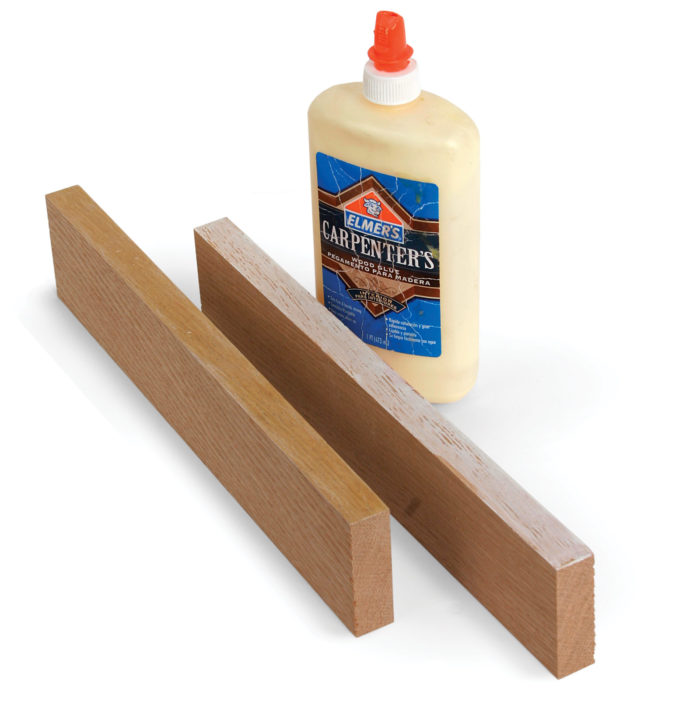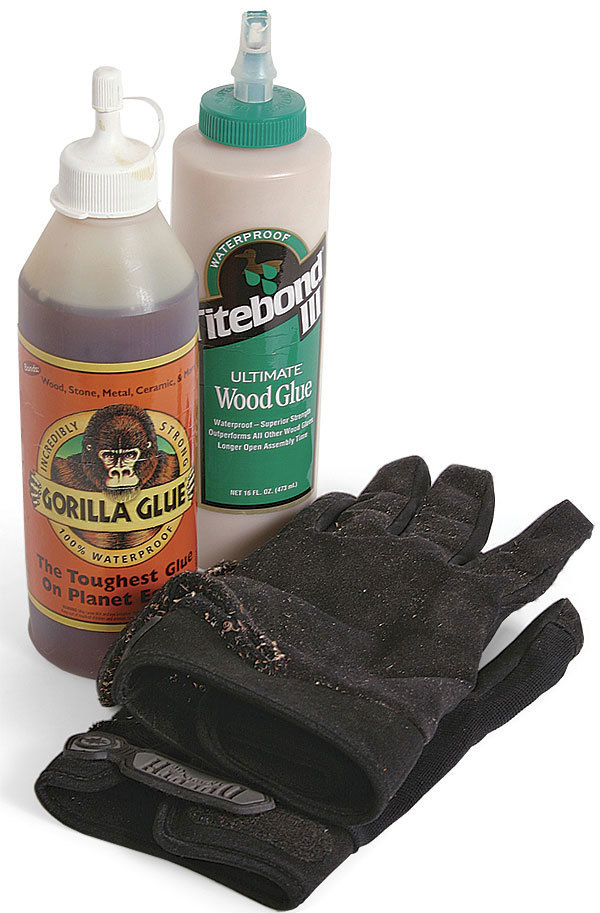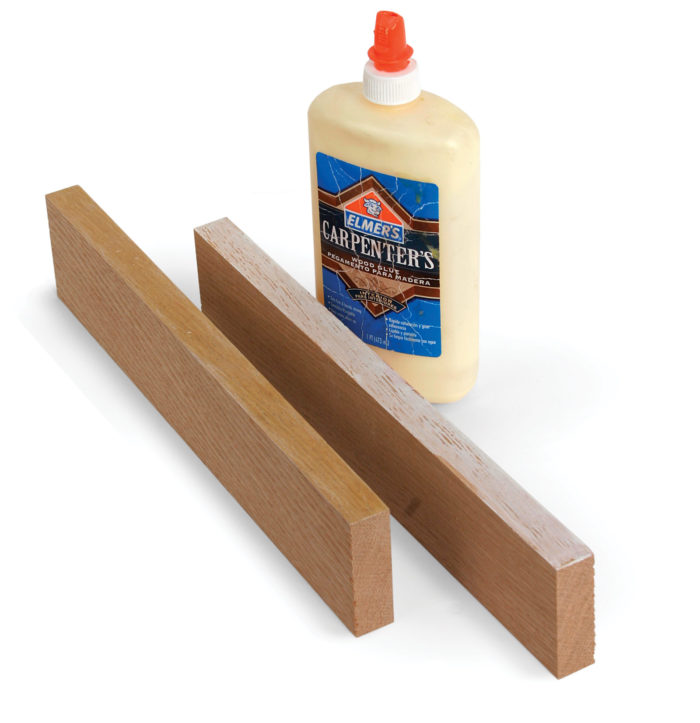If you’ve ever worked with wood glue, you may have wondered: does wood glue work in cold weather? Well, let’s find out! Wood glue is a popular adhesive used by carpenters and DIY enthusiasts to bond wood pieces together. But when the temperature drops, does it affect the performance of this versatile glue? In this article, we’ll explore whether wood glue is still effective in chilly conditions. So, grab a cup of hot cocoa and let’s dive in!
Wood glue, also known as carpenter’s glue, is a go-to choice for many woodworking projects. It’s known for its strong bonding capabilities and versatility. But what happens when the mercury starts to dip? Does the cold weather have any impact on wood glue? We’ll answer these questions and more as we delve into the world of gluing wood in chilly temperatures.
Whether you’re working in your garage or an outdoor workshop, colder temperatures can pose some challenges. So, let’s get to the heart of the matter. Can you rely on wood glue to hold your woodworking project together when the weather turns chilly? Join us in the next section as we unravel the mysteries and explore the effectiveness of wood glue in cold weather. Let’s roll!
- Store the glue in a warm location before use.
- Warm up the surfaces you plan to glue using a hairdryer or heat gun.
- Apply the glue generously and evenly.
- Secure the pieces tightly, using clamps if necessary.
- Allow extra drying time before handling the glued pieces.
These steps will help improve the bonding strength of wood glue in cold weather conditions.

Does Wood Glue Work in Cold Weather?
Wood glue is a common adhesive used in woodworking projects, but one question that often arises is whether it works effectively in cold weather. As temperatures drop, the properties and performance of wood glue may be compromised. In this article, we will explore the effects of cold weather on wood glue, how to use it in low temperatures, and alternative options to consider. Whether you’re a professional woodworker or a DIY enthusiast, understanding the behavior of wood glue in cold weather can help you achieve better results in your projects.
The Effects of Cold Weather on Wood Glue
Wood glue is typically designed to be used in temperatures between 55°F and 80°F (13°C and 27°C). When exposed to temperatures below this range, wood glue can become less effective and may not bond properly. Cold temperatures slow down the curing process of the glue, which can lead to weak or brittle bonds. Additionally, freezing temperatures can cause the water content in wood glue to freeze, altering its consistency and potentially rendering it unusable. It’s important to consider these factors before using wood glue in cold weather conditions.
How to Use Wood Glue in Cold Weather
While it is generally not recommended to use wood glue in extremely cold temperatures, there are a few techniques that can help improve its performance:
- Pre-warm the wood and adhesive: Before applying the glue, warm up the wood and the glue itself to bring them closer to room temperature. This can be done by storing them in a warmer environment before use.
- Use a cold weather specific wood glue: Some manufacturers produce wood glues specifically formulated for use in colder temperatures. These glues may have different ingredients or additives to enable better performance in low temperatures.
- Allow for longer drying time: In colder conditions, wood glue may take longer to dry and cure. Be patient and give the glue ample time to set before subjecting it to stress or load.
By following these tips, you can improve the chances of achieving a strong bond even in cold weather conditions.
Alternatives to Wood Glue in Cold Weather
If you find that wood glue is not giving you the desired results in cold weather, there are alternative adhesive options available:
- Epoxy Resin: Epoxy resin is a popular choice for cold weather applications as it can withstand low temperatures and provides a durable bond. It does, however, have a longer curing time compared to wood glue.
- Polyurethane Adhesive: Polyurethane adhesive is another option that works well in cold weather. It provides a strong bond and can be used on a variety of materials besides wood.
Consider these alternatives if you’re working on a project in cold weather and need a more reliable adhesive option.
Key Points: Does Wood Glue Work in Cold Weather?
While wood glue can still be used in cold weather, its effectiveness and performance may be compromised. Cold temperatures slow down the curing process and can lead to weaker bonds. By pre-warming the wood and adhesive and using specialized cold weather wood glues, you can improve the chances of achieving a successful bond. Alternatively, epoxy resin and polyurethane adhesive are viable options for colder temperatures. Understanding these considerations will help you make informed decisions when working on woodworking projects in cold weather.
Tips for Using Wood Glue in Cold Weather
Protect the Glue from Freezing
Freezing temperatures can render wood glue unusable. Store wood glue in a temperature-controlled environment to prevent it from freezing. If necessary, transport it in a well-insulated container to maintain its viability.
Monitor the Temperature
Keep an eye on the weather forecast and choose days when temperatures are on the higher end of the recommended range for using wood glue. This will ensure a better and more reliable bond.
Avoid Excessive Moisture
Moisture can also affect the performance of wood glue in cold weather. Avoid using wood glue in damp or humid conditions, as this can hinder proper bonding. Store materials in a dry environment to prevent moisture absorption.
Key Takeaways: Does Wood Glue Work in Cold Weather?
- Wood glue can be affected by cold temperatures.
- Cold weather can make wood glue take longer to dry.
- It is important to check the temperature requirements on the wood glue packaging.
- Using a heater or warm water bath can help speed up the drying process.
- Allowing extra drying time in cold weather is recommended for best results.
Frequently Asked Questions
Are you wondering whether wood glue is effective in cold weather? Find answers to your questions below!
1. Why is the temperature important when using wood glue?
The temperature plays a vital role in the effectiveness of wood glue. Cold weather can affect the glue’s ability to cure properly. Glue needs warmth to create a strong bond, so if it’s too cold, the adhesive may not set correctly, leading to weaker joints.
Additionally, low temperatures can cause the glue to thicken or become more viscous, making it difficult to spread evenly. It’s essential to consider the temperature when working with wood glue to ensure successful bonding.
2. Can I use wood glue in cold weather?
Yes, you can use wood glue in cold weather, but it requires some extra precautions. If the temperature drops below the recommended range specified on the glue bottle, you can warm up the glue before using it. Keep the glue bottle in a warm place or soak it in warm water to raise its temperature.
It’s important to note that even with these measures, extreme cold temperatures can still affect the glue’s performance. Therefore, it’s best to work in a well-heated area or wait for warmer weather if possible for optimal results.
3. What type of wood glue works best in cold weather?
When it comes to choosing a wood glue for cold weather, opt for a glue that is specifically formulated for lower temperatures. Cold weather wood glues are designed with additives or modified formulas to perform better in chilly conditions. Look for glues labeled as “cold weather” or “winter formula.”
These cold weather wood glues are formulated to cure and bond effectively even when temperatures are lower. They have a lower freezing point and better flexibility, ensuring a strong bond in colder climates. Always check the product labels to identify the best wood glue for your cold weather woodworking projects.
4. How long does wood glue take to dry in cold weather?
The drying time of wood glue can vary in cold weather. Generally, wood glue takes longer to dry in colder temperatures compared to warmer conditions. It can take anywhere from 12 to 24 hours or even longer for the glue to fully cure when working in cold weather.
Factors such as the specific glue used, temperature, and humidity levels may further influence the drying time. It’s crucial to allow sufficient drying time and avoid manipulating joints or applying excessive stress on the glued parts until the adhesive is completely cured.
5. Are there any alternative options to wood glue in cold weather?
If you’re working in extremely cold weather conditions where wood glue may not perform optimally, there are alternative options available. For temporary or quick fixes, you can use epoxy resin or construction adhesive, both of which tend to be more resilient in colder temperatures.
Epoxy resin provides an incredibly strong bond, and construction adhesive is known for its durability and versatility. However, keep in mind that these alternatives may have different application techniques and drying times, so be sure to follow the manufacturer’s instructions for best results.

Cold temperatures affect the strength of your glue. #woodwork #woodglue #titebond
Summary
Wood glue is not as effective in cold weather because it takes longer to dry and bond. The cold temperature slows down the chemical reaction needed for the glue to harden. It’s best to use wood glue in a warmer environment for better results.
Additionally, the cold weather can cause the glue to become thicker and harder to spread evenly. When the glue is not spread properly, it may not create a strong bond, leading to weaker joints. Overall, it’s important to consider the temperature when using wood glue to ensure a strong and durable bond.
